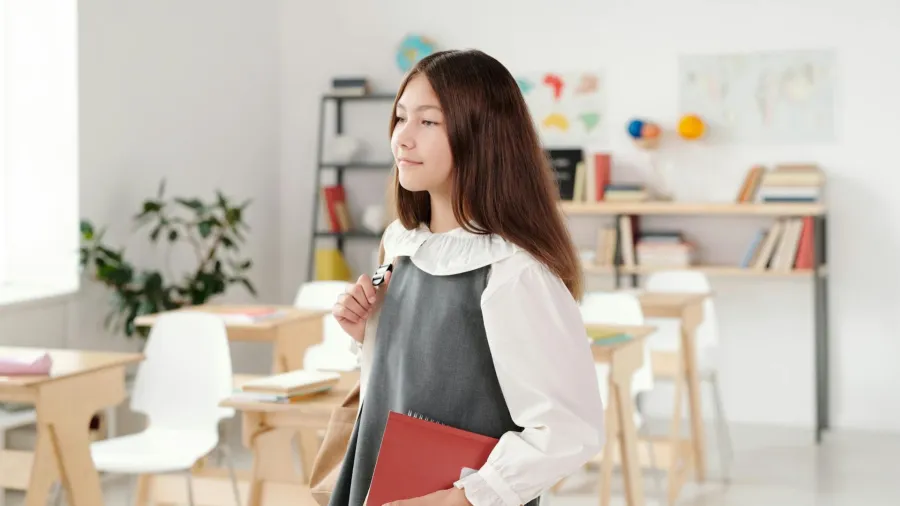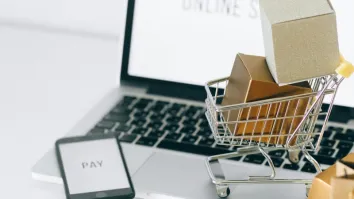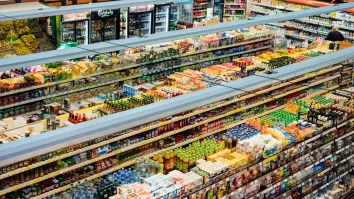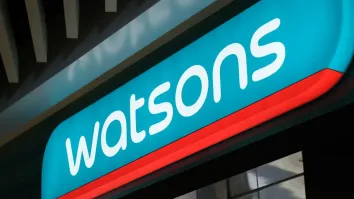
Australia’s back to school spending set to reach $1.7b in 2025
About 5.1 million Australians aged over 18 plan to spend an average of $525 on BTS items.
Australia’s back to school shopping season is projected to generate $1.7b (AUD$2.7b) in sales, a $150m (5.9%) increase from last year, driven by population growth and inflation.
Research from the Australian Retailers Association (ARA) and Roy Morgan showed that 5.1 million Australians aged 18 and over plan to spend an average of $326 (AUD$525) each on BTS items, up from $317 (AUD$512) in 2024. Of those surveyed, 44% will spend more than last year, 23% will spend the same, and 33% will spend less.
The research also said that 59% of spending will go toward primary school items, 50% for high school, and 9% for university or TAFE, with 4% of purchases for post-graduate students. The 35-49 age group will account for the largest share of BTS spending, averaging $371 (AUD$600) each, contributing $1.08b (AUD$1.75b) to the total.
Around 15% plan to spend more than $619 (AUD$1,000), whilst 9% will spend under $62 (AUD$100). Popular items include stationery (55%), school uniforms (53%), footwear (50%), books (40%), and lunchboxes or water bottles (27%), with other purchases including school bags, tech equipment, and home essentials like desks and chairs.
Women are the primary decision-makers for 74% of BTS purchases, followed by men (14%), guardians (6%), and students (2%). In-store shopping remains dominant, with 65% planning to buy in-store, 33% online, and 37% through schools or suppliers. Western Australia (46%) and South Australia (40%) have the highest in-store shopping intentions, whilst 76% of New South Wales shoppers plan to buy in-store.
Fleur Brown, ARA’s chief industry affairs officer, said the BTS sales will provide a vital cashflow boost for retailers as many Australians return from their holidays.
She noted that whilst the focus remains on essential items like uniforms and stationery, consumers are likely to prioritise value due to high interest rates and stretched household budgets.

















 Advertise
Advertise





